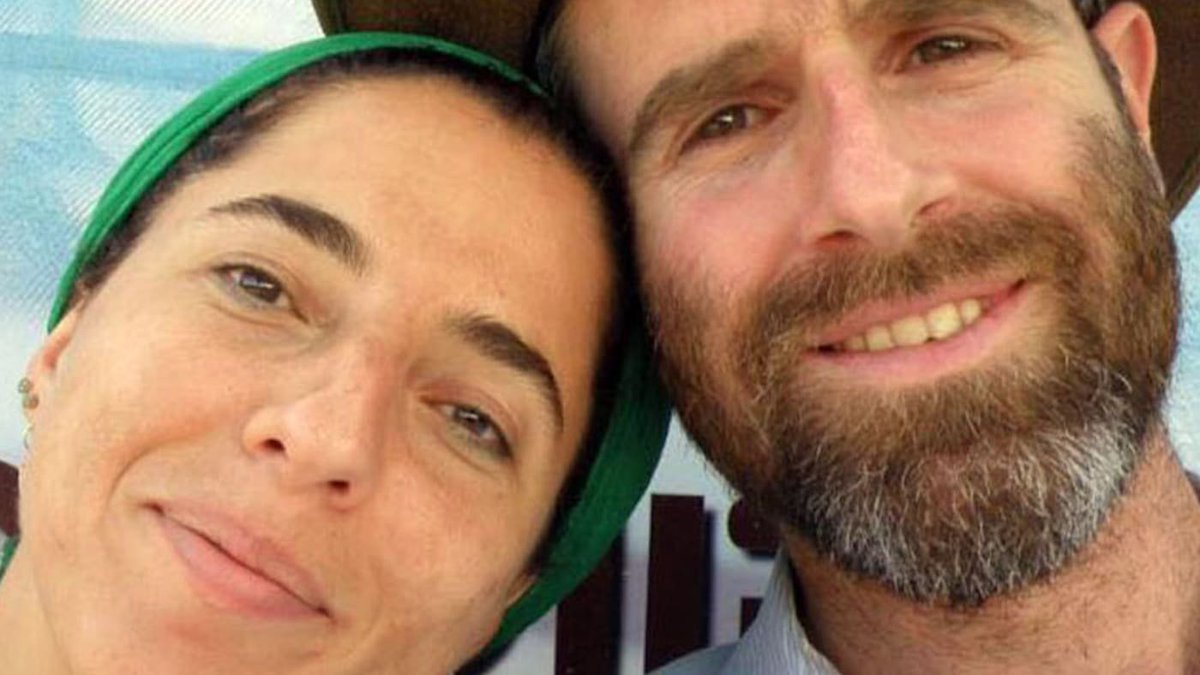“I stabbed her until I couldn’t pull the knife out of her body” >>
Exactly 5 years ago today, Dafna Meir, a 38 year old nurse, wife, and mother of 4, was brutally murdered at her home in front of 2 of her children, by a 15 year old Palestinian.
Two days later, the murderer was arrested by Israeli security forces.
Here is his testimony >>

“I stabbed her until I couldn’t pull the knife out of her body” >>
he was asked by the investigators.
“Israel is killing our youths. That’s why. I decided to do the same as other young Palestinians do...I realized I might get hurt but I had faith in god” >>
I tried to pull out the knife, and to keep stabbing her, but the knife was stuck. So I ran. I got back home around 18:30” >>
“Then I went to bed. I didn’t leave the house until they came to arrest me” >>
“I would have kept on stabbing her. And if I would’ve seen another Jew, I would have stabbed and killed him too” >>
“Why would you have wanted to die as a martyr?”
the murderer was asked >>
More from Health
You May Also Like
Recently, the @CNIL issued a decision regarding the GDPR compliance of an unknown French adtech company named "Vectaury". It may seem like small fry, but the decision has potential wide-ranging impacts for Google, the IAB framework, and today's adtech. It's thread time! 👇
It's all in French, but if you're up for it you can read:
• Their blog post (lacks the most interesting details): https://t.co/PHkDcOT1hy
• Their high-level legal decision: https://t.co/hwpiEvjodt
• The full notification: https://t.co/QQB7rfynha
I've read it so you needn't!
Vectaury was collecting geolocation data in order to create profiles (eg. people who often go to this or that type of shop) so as to power ad targeting. They operate through embedded SDKs and ad bidding, making them invisible to users.
The @CNIL notes that profiling based off of geolocation presents particular risks since it reveals people's movements and habits. As risky, the processing requires consent — this will be the heart of their assessment.
Interesting point: they justify the decision in part because of how many people COULD be targeted in this way (rather than how many have — though they note that too). Because it's on a phone, and many have phones, it is considered large-scale processing no matter what.
It's all in French, but if you're up for it you can read:
• Their blog post (lacks the most interesting details): https://t.co/PHkDcOT1hy
• Their high-level legal decision: https://t.co/hwpiEvjodt
• The full notification: https://t.co/QQB7rfynha
I've read it so you needn't!
Vectaury was collecting geolocation data in order to create profiles (eg. people who often go to this or that type of shop) so as to power ad targeting. They operate through embedded SDKs and ad bidding, making them invisible to users.
The @CNIL notes that profiling based off of geolocation presents particular risks since it reveals people's movements and habits. As risky, the processing requires consent — this will be the heart of their assessment.
Interesting point: they justify the decision in part because of how many people COULD be targeted in this way (rather than how many have — though they note that too). Because it's on a phone, and many have phones, it is considered large-scale processing no matter what.























